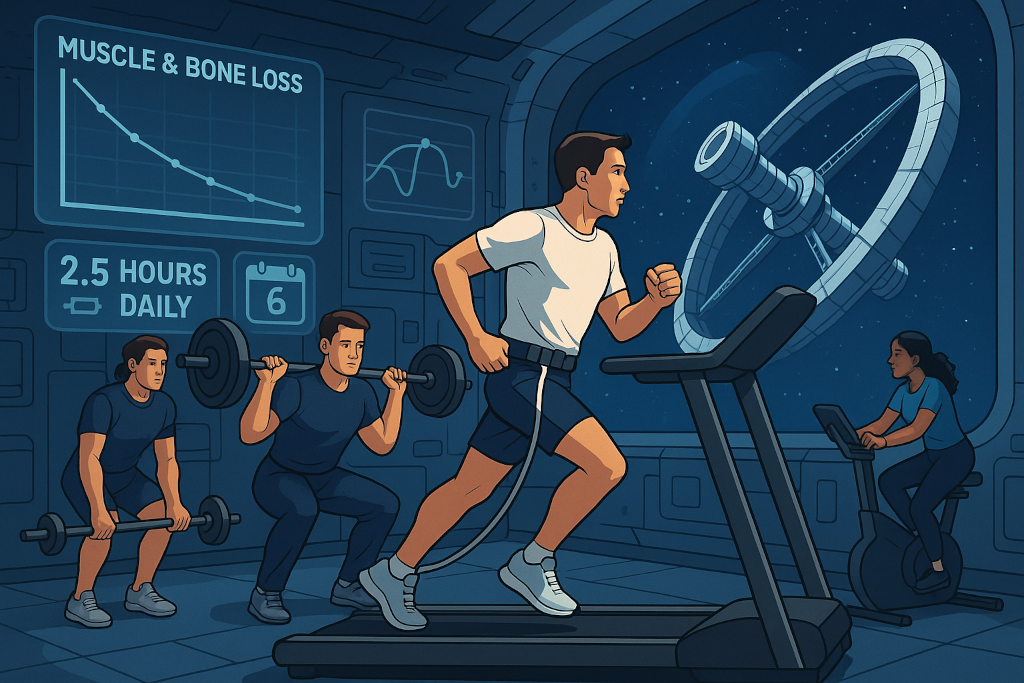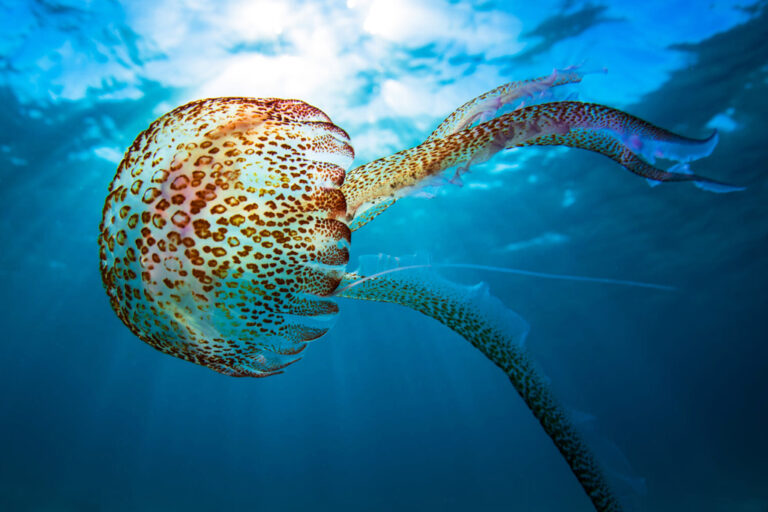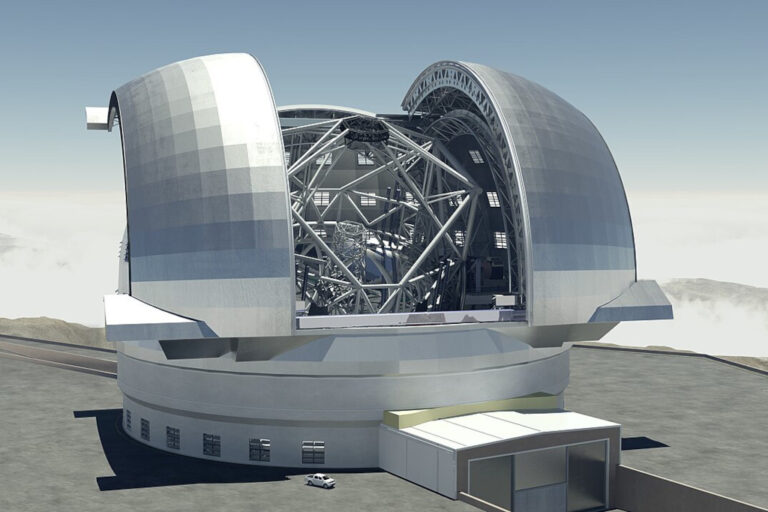Here’s a wild thought: if you spent a few months floating around in zero gravity, you might come back to Earth with weaker bones than a 90-year-old and muscles too atrophied to climb a flight of stairs. That’s not science fiction—that’s exactly what astronauts risk every time they venture into space for extended missions.
In the weightlessness of orbit, where there’s no gravity pulling on your bones or muscles, your body begins to think those tissues are useless. It starts shedding them… fast. So fast, in fact, that bone density can drop by 1–2% per month and muscle strength can plummet by up to 30% in the same time.
The ISS workout: a substitute for gravity
To fight back, astronauts on the International Space Station (ISS) dedicate serious time to staying strong. We’re talking about:
- 2.5 hours of daily exercise
- 6 days a week
Their workouts combine high-resistance strength training with cardio—all designed to mimic the kind of stress Earth’s gravity naturally puts on our muscles and bones. The strategy works pretty well, but here’s the kicker: it only simulates Earth’s gravity for a limited time each day, not continuously.
So why not just add artificial gravity?
You’ve seen it in space movies: a spinning space station that generates its own gravity. It’s an elegant fix—in theory. Create acceleration by spinning a room or habitat section. Boom: artificial gravity.
But in reality, it’s expensive, technically complex, and there’s a big unknown:
How much artificial gravity do we actually need to prevent muscle and bone loss?
We don’t really know. Studies haven’t yet pinpointed a “minimum effective dose” of artificial gravity in space. Most experiments so far have been Earth-based—using bed rest studies or head-down tilt experiments to mimic the effects of microgravity.
What we’ve learned from Earth-bound experiments
Here’s where things get interesting. People who lie in bed for weeks (even months) to simulate space conditions quickly start to lose bone density. But the good news? Simply standing upright for several hours a day—on Earth, under 1g—helps keep their bones strong.
This tells scientists that even passive exposure to Earth’s gravity for chunks of the day can have a powerful protective effect. But in space, we don’t yet have a way to “just stand around” under 1g, unless we create artificial gravity somehow.
The spinning station experiment
In 2019, NASA and ESA collaborated with private partners to develop small centrifuge-based experiments with human subjects. Volunteers were spun in short bursts (up to 30 minutes a day) at various g-forces, while researchers monitored balance, cardiovascular function, and muscle activity. While promising, these studies are still in early stages and haven’t yet been conducted during space missions.
So far, no one has spent weeks—or even days—living under partial artificial gravity in orbit. And that’s the missing puzzle piece.
What we know (and don’t)
Right now, the closest we get to daily gravitational load in space is with the structured exercise regimen used on the ISS. It’s proven to slow down muscle and bone loss, but it doesn’t fully stop it—especially on long-duration missions.
What we’re still figuring out:
- Can intermittent artificial gravity (e.g., an hour a day) match the benefits of full-time 1g?
- Is there a threshold below 1g that’s “good enough”—say, Mars gravity (0.38g)?
- How long does it take for gravity (real or artificial) to reverse deterioration?
Looking ahead
As we plan for Mars missions and longer stays on the Moon, we’ll need better answers. Should we be building rotating spacecraft? Creating short-burst centrifuge cabins? Or refining exercise and nutrition plans until they become foolproof?
What’s clear: muscles and bones need to feel the pull of gravity—or something that closely mimics it. Until we crack the code on artificial gravity, the best defense we have is still old-fashioned: sweat, straps, and a whole lot of treadmill time.
Final thought: The future of space travel might not come down to rockets or propulsion systems—but to how we keep our bodies from falling apart in a place where gravity takes a vacation.




Leave a Comment